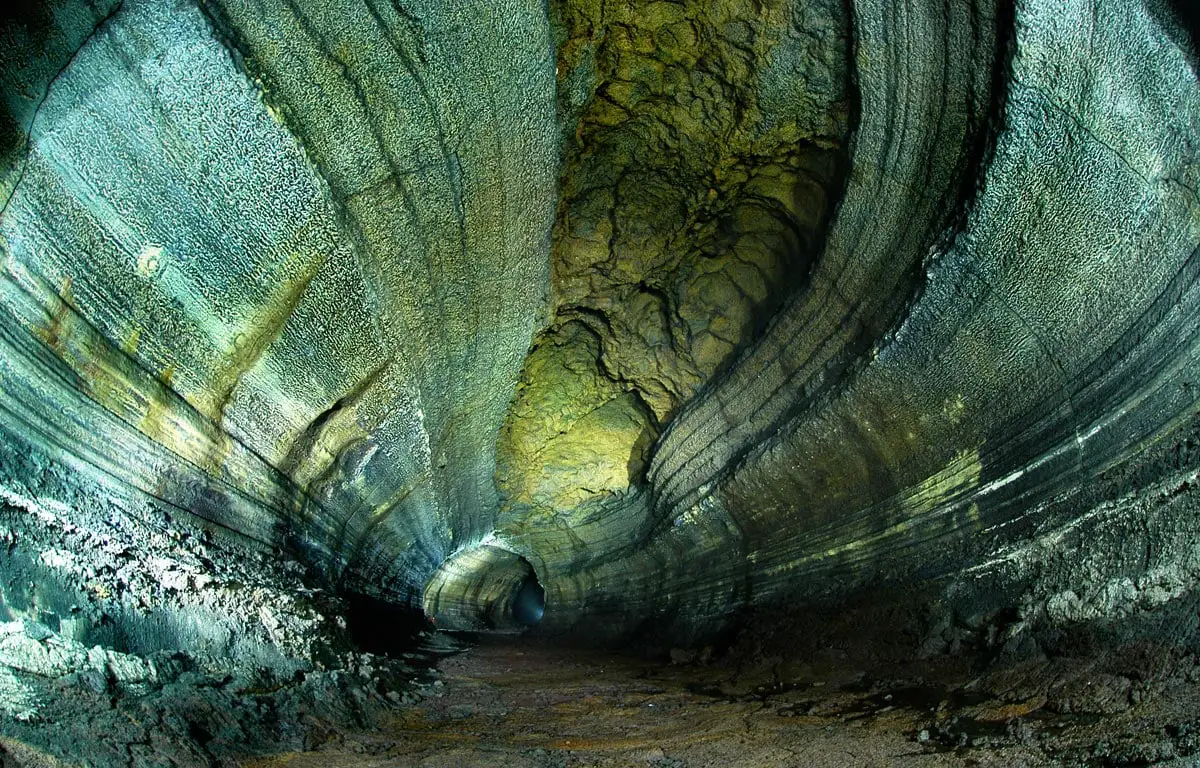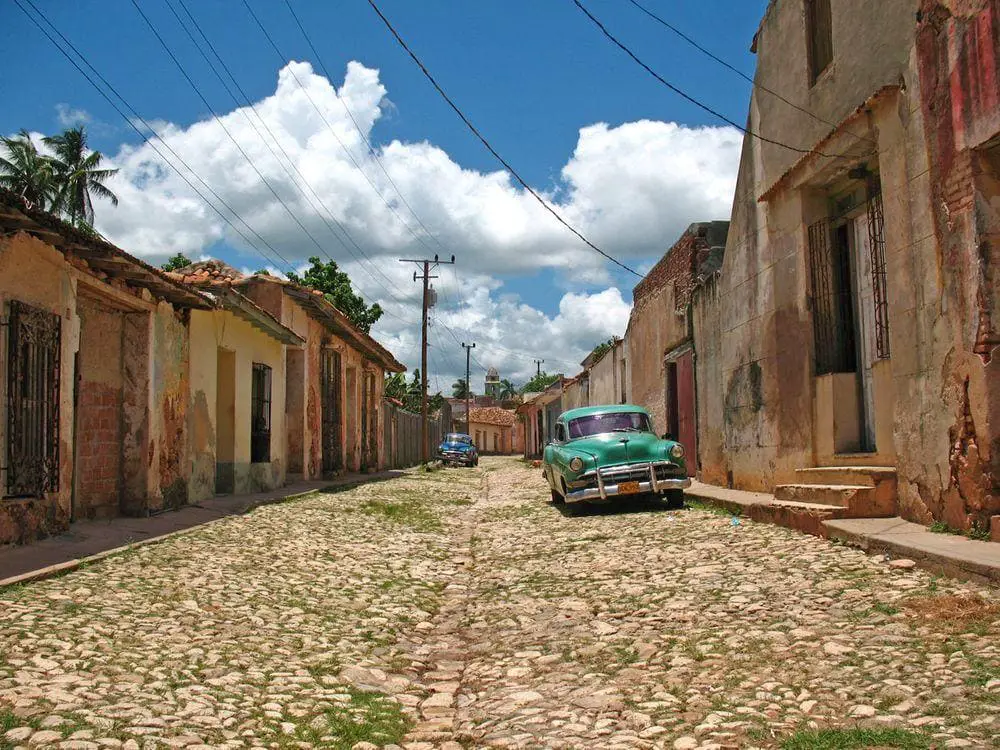 In short
In short
Today Cavannagh Cave is a small, rather unsighty cave in the limestone cliffs of Katouche Valley. This is the most likely place where in 1868 were discovered large bones – remains of an extinct rodent Amblyrhiza inundata, that was up to 200 kg heavy.
 36.8%
36.8%
GPS coordinates
Location, address
Alternate names
Length
Fossil finds
Map of the site
If you see this after your page is loaded completely, leafletJS files are missing.
 In detail
In detail
Giant rodents
In the Pleistocene, when the sea level was considerably lower than now, Anguilla together with the nearby St. Martin and some other islands formed a single landmass.
It seems that hutias – nutria-like rodents of the Caribbean – had suitable life conditions on this island and were not endangered by predators. As a result, these animals became larger and larger with every generation until they were up to 2 m long and up to 200 kg heavy. Existing hutias today are some 2 kg heavy and 0.2 – 0.5 m long, while the world’s largest living rodents – capybaras – are some 50 kg heavy.
Giant hutias of Anguilla – blunt-toothed giant hutias (Amblyrhiza inundata) – were some of the largest rodents ever, but not the largest ones. Some 4 million years ago in South America lived Josephoartigasia monesi – this rodent was up to 1.3 tons heavy.
Flood and extinction
As the sea level raised at the end of the Pleistocene, giant hutias had less and less land to sustain them. Ancient land was divided into smaller islands that were too small to maintain large populations of these large animals. As the number of giant hutias fell below 1000 and less, the population was not viable anymore and species went extinct.
It is little likely that there were any live giant hutias when first people came to Anguilla sometimes around 1300 BC.
Phosphates and bones
Anguilla has rather many small caves which have formed in the early Miocene limestone. Bats and other animals have lived in these caves for millennia and their dung and carcasses of dead animals accumulated on the cave floor, forming a thick layer of phosphatic sediments.
These phosphates – valuable fertilizer – were mined in Caribbean caves in the 19th century. No one knows how many palaeontological (and possibly – archaeological) values have been lost in the process.
Discovery of giant hutia
One such sample of phosphate sediments was sent from Anguilla to Philadelphia (United States) in 1868 to estimate the value of fertilizer. Fractions of bones were discovered in this sample and were given to American paleontologist Edward Drinker Cope. The find was very interesting – bones belonged to an unknown, enormous rodent.
Cope asked a physician from St. Martin, H. E. van Rijgersma to look for additional specimens in Anguilla. Rijgersma visited Anguilla several times and brought back fine samples of bones. Unfortunately, he did not identify where he found them, he just wrote that bones were found in Bat Cave. Such a place name today is not applied to any cave on the island.
It is though known that bones of this extinct animal were found in Katouche Valley and Cavannagh Cave is the most likely place of the discovery.
References
- Donald A. McFarlane, Ross D. E. MacPhee. Amblyrhiza and the Quaternary Bone Caves of Anguilla, British West Indies, Cave Science Vol 16, Nr. 1., April 1989. Accessed on October 5, 2012
 Linked articles
Linked articles

Wonders of Anguilla
Anguilla is a British overseas territory with several interesting natural and man-made landmarks.

Caves
Every year there are reported exciting discoveries of new caves and discoveries of new qualities such as cave paintings in the ones known before. But there still is a feeling that our knowledge covers just a small part of all these monuments of nature.
Though, those which are known to us, offer a surprising diversity of unusual features and impressive sights.

Wonders of Caribbean
The Caribbean is a unique group of islands. These islands are somewhat similar – tropical islands surrounded by the blue Caribbean sea. At the same time, they are very diverse – from enormous Cuba to minuscule Saba, from dry Bonaire to jungle-covered mountains of Trinidad, and from the flat Bahamas to mountainous Dominica.
 Recommended books
Recommended books
Fodor’s In Focus St. Maarten/St. Martin, St. Barth & Anguilla
Separated by just a few miles and known as favorites of American travelers, the Caribbean islands of St. Maarten/St. Martin, St. Barthélemy (also known as St. Barth’s), and Anguilla couldn’t be more different.
Anguilla is known for its soft, white beaches, luxurious accommodations, excellent restaurants, and fun, low-key nightlife.
Anguilla: Tranquil Isle of the Caribbean
The tiny island of Anguilla lies between the Caribbean Sea and the Atlantic Ocean. It is most northerly of the Leeward Islands. This guide for tourists describes the island’s buildings, sporting activities, annual events, trees, flowers, wildlife, and sea life.


